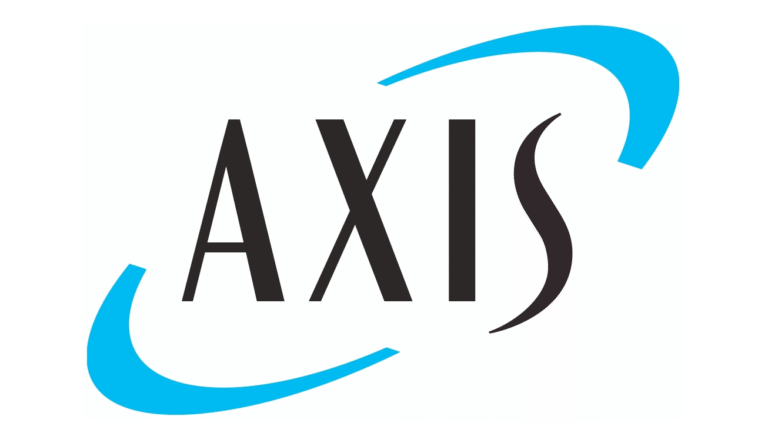
Morningstar DBRS has highlighted that while Canadian property and casualty (P&C) insurers remain robust, with strong capital margins and growth potential, they face a rising threat from natural catastrophes and the losses these events can cause.

“While the industry also faces wider challenges from cyber security, geopolitical risks, and artificial intelligence, climate risk remains the number one risk for P&C insurers,” said Alvarez.
Last year marked a record for Canadian natural catastrophe insurance losses, totalling around $9.3 billion, including the devastating Jasper wildfires—one of the costliest on record, second only to the 2016 Fort McMurray wildfire. The number of acres burned in Canada has steadily increased year over year, increasing proximity risks as wildfires inch closer to populated areas, which can drive significant losses for insurers that have home, auto, or commercial insurance exposure.
Return on equity for P&C companies is highly dependent on their exposure to natural catastrophe losses, a growing concern both globally and in Canada. Over the past decade, global insured losses from natural disasters have risen by 50%. In Canada, losses are 2.5 times higher than 10 years ago, driven by floods, wildfires, hailstorms, and hurricanes, mostly affecting the Maritimes.
“Perils that were considered secondary, such as wildfires, are increasingly becoming relevant for insurers, which may require different underwriting strategies going forward,” he added.
These trends have also driven up pricing in recent years. Property insurance rates have risen sharply since the onset of the COVID-19 pandemic. While Alvarez expects the January 2026 insurance renewal cycle to be more attractive for buyers, prices will remain high compared with five years ago.
“P&C companies are increasingly exposed to natural catastrophes, and insurers are sending signals to the market that capacity is either becoming more limited, deductibles are higher, or prices are going down,” Alvarez said.
In recent years, insurers have been able to pass some of these losses onto policyholders, but pricing is softening on the commercial side. “This presents a challenge for our credit assessment because P&C insurers will be forced to either sustain higher insurance prices and reduce growth or decrease premium prices in certain segments,” he explained.
To address these risks, Alvarez noted that P&C insurers are exploring new ways to transfer risk. One option is increased use of catastrophe bonds, which can help cover payouts.
Canadian companies have previously been covered by cat bonds issued through U.S. companies with exposure to Canada. However, in January 2025, TD Insurance issued the first Canadian cat bond of its kind for $150 million. Alvarez said it remains unclear whether other Canadian P&C insurers will follow, but it is a viable option as the market continues to face unprecedented natural catastrophe losses.





